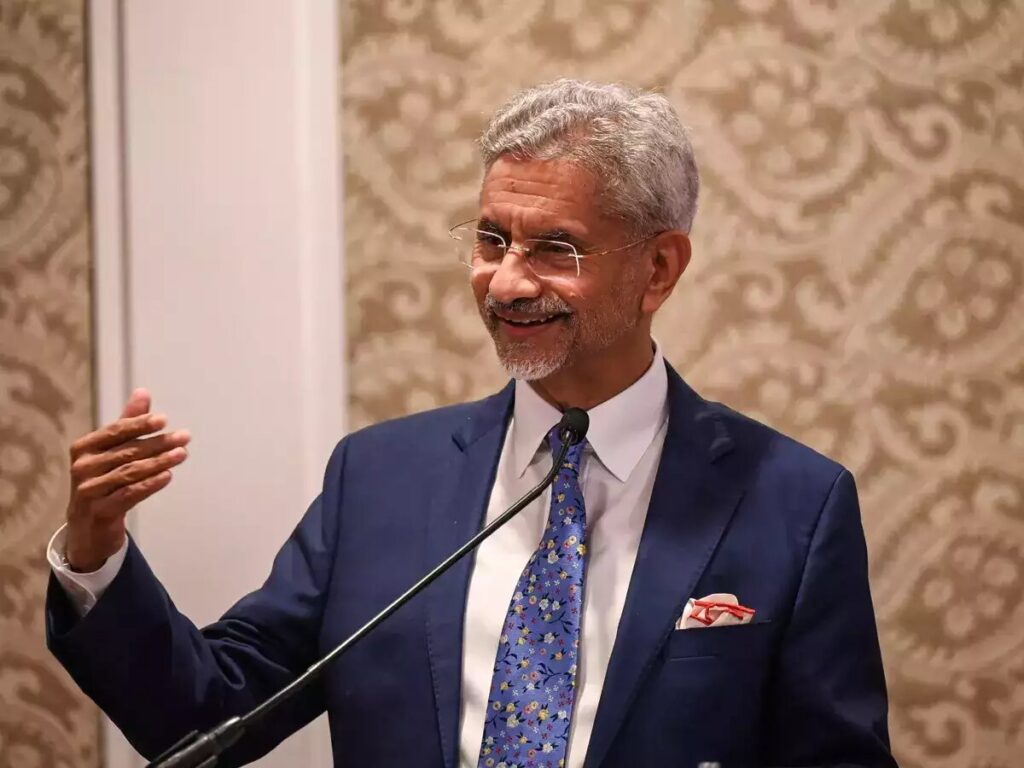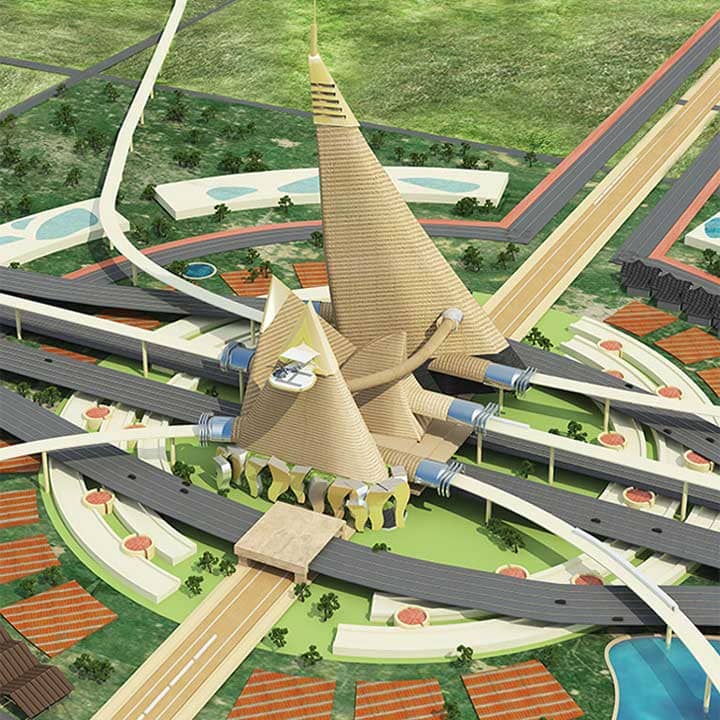In recent remarks, India’s External Affairs Minister (EAM), Dr. S. Jaishankar, highlighted the potential for India, Japan, and Taiwan to collaborate on creating something “potentially important” in the global semiconductor sector. This statement, particularly relevant in the context of India’s growing ambitions in semiconductor manufacturing, signals a new era for the industry—and at the heart of this transformation lies Dholera, Gujarat’s emerging industrial powerhouse.
The Dholera Special Investment Region (DSIR) in Gujarat is not just another industrial hub. It is the linchpin of India’s aspirations to become a key player in the global semiconductor supply chain. The strategic partnership between India, Japan, and Taiwan could provide the catalyst needed to position Dholera as a critical hub for semiconductor manufacturing, potentially reshaping the future of global technology and innovation.
The Semiconductor Revolution: Why Now?
Semiconductors, often referred to as the “brains” of modern technology, are at the core of everything from smartphones and laptops to electric vehicles and artificial intelligence. The global chip shortage of recent years has underscored the vulnerabilities in the semiconductor supply chain, prompting nations worldwide to focus on building more resilient, self-sufficient ecosystems.
India, with its growing technological capabilities, vast talent pool, and an increasingly attractive investment environment, has recognized this opportunity. By forging partnerships with Taiwan and Japan—two global leaders in semiconductor technology and manufacturing—India can not only meet its own domestic needs but also play a pivotal role in stabilizing the global supply chain.
Dholera: The Heart of India’s Semiconductor Dream
Dholera, located in the heart of Gujarat, is a strategically planned city designed to serve as an industrial and economic engine for India. With cutting-edge infrastructure, a robust logistics network, and access to key ports, Dholera is an ideal location for semiconductor manufacturing facilities. The region’s special focus on advanced technologies and its ambitious investment plans make it a prime candidate for semiconductor production.
The Indian government’s recent initiatives, such as the “Semiconductor Mission,” have paved the way for developing this sector in the country. By collaborating with Taiwan’s technological prowess in chip manufacturing and Japan’s expertise in high-quality components and capital investments, Dholera can become a key node in the global semiconductor ecosystem.
The Role of Taiwan and Japan
Taiwan has long been a leader in semiconductor production, with companies like TSMC (Taiwan Semiconductor Manufacturing Company) setting the gold standard in chip manufacturing. Taiwan’s role in this potential tri-nation collaboration cannot be overstated. Its technological edge and manufacturing capabilities could provide the technical foundation needed to kickstart India’s semiconductor industry.
Japan, on the other hand, has established itself as a critical player in the semiconductor supply chain, especially in the area of high-end materials and equipment. Japan’s investments and technologies could complement the manufacturing and assembly processes that would take place in Dholera. The country’s high standards for quality control and innovation could help ensure that the semiconductors produced in India meet global benchmarks.
Why Dholera? The Region’s Unique Advantages
Dholera’s strategic location provides several advantages for semiconductor manufacturing. Gujarat is already one of India’s most industrialized states, with a well-established industrial ecosystem. Dholera is set to become a global manufacturing hub, and its focus on high-tech industries makes it an ideal destination for semiconductor companies.
The region is being developed with state-of-the-art infrastructure, including dedicated industrial zones, advanced logistics networks, and an international airport. Its proximity to key ports like Mundra further enhances its potential as a gateway for global semiconductor supply chains. Additionally, the Indian government is offering substantial incentives to foreign investors, including tax breaks and subsidies, which makes the region even more attractive to international players like Taiwan and Japan.
A Vision for the Future
Dr. Jaishankar’s statement about the potential collaboration between India, Japan, and Taiwan in the semiconductor sector paints an optimistic picture for the future. If these three nations can pool their resources and expertise, they could help transform Dholera into a global semiconductor manufacturing hub, strengthening India’s position in the global technology supply chain.
By doing so, India can not only address its domestic demand for semiconductors but also emerge as a critical player in global chip manufacturing. This collaboration, which brings together the technical expertise of Taiwan, the investment capacity of Japan, and the strategic vision of India, could create something truly transformative.
Conclusion
The semiconductor industry represents the future of global technology. As the world becomes increasingly reliant on advanced chips for everything from everyday electronics to cutting-edge innovations, nations are looking to secure their place in the supply chain. India, Japan, and Taiwan have the unique opportunity to jointly lead this charge, with Dholera emerging as the hub where this vision takes shape.
For Dholera, this collaboration could mean more jobs, more investments, and a stronger presence on the global stage. For India, it is an opportunity to shift from being a consumer of technology to a producer of cutting-edge semiconductor solutions. And for the world, it could be the beginning of a more resilient and diversified global semiconductor industry.



